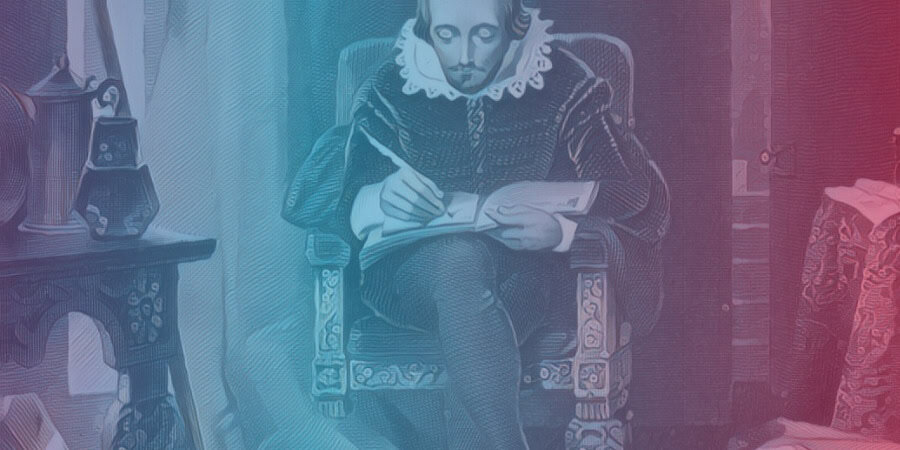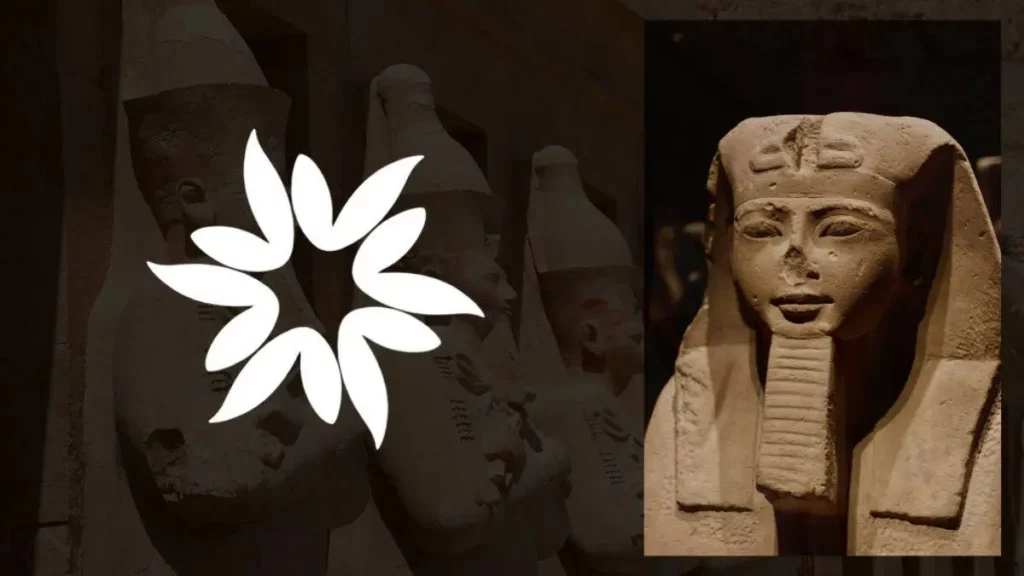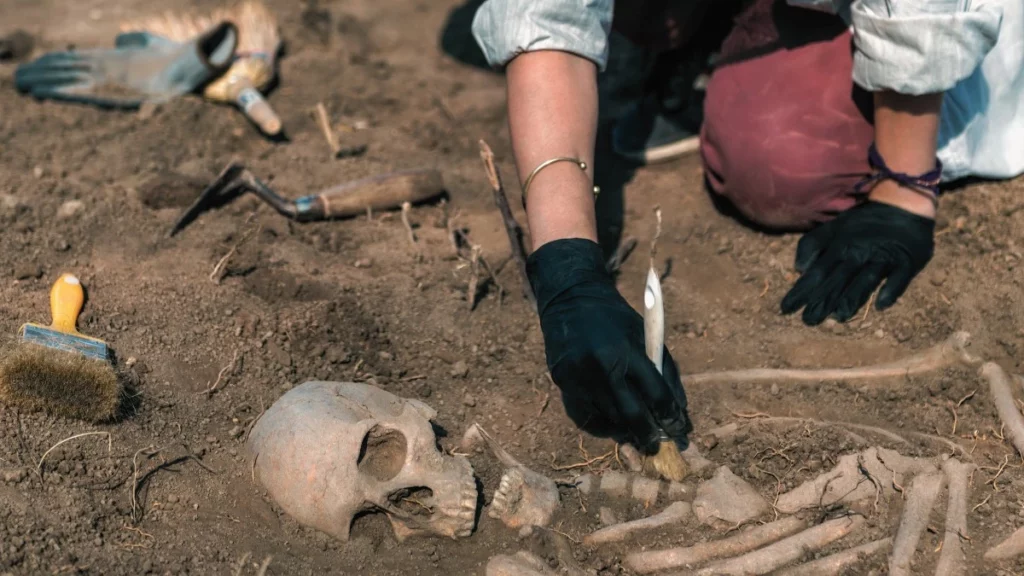Key Takeaways
- William Shakespeare, born in 1564, is a renowned figure in English literature, known for his plays and poetry. He was a shareholder and actor in the Globe Theatre and obtained a coat of arms and a gentleman's title.
- Shakespeare's authorship is supported by evidence such as his participation in the Parnassus Plays, quotes and satires referencing him, and the posthumous collection of his plays in the First Folio.
- "Anti-Stratfordians" propose alternative authors for Shakespeare's works, citing gaps in his biography. Candidates include the Earl of Southampton, Francis Bacon, Edward de Vere, Christopher Marlowe, Mary Sidney, and Emilia Bassano, but no definitive evidence supports these claims.
- The skepticism surrounding Shakespeare's authorship aims to cast doubt on the accepted narrative and encourages a more open-minded approach to interpreting historical evidence.
- Most Shakespeare scholars consider the authorship question settled and focus on analyzing Shakespeare's work within its historical context.
- The complexity and depth of Shakespeare's plays continue to captivate readers and scholars alike, regardless of the authorship debate.
Born in April of 1564 in the quaint town of Stratford-upon-Avon, William Shakespeare is known as a prominent figure in English literature.
His father, John, was a respected leatherworker and municipal official, while his mother, Mary, was a local landed heiress.
The marriage between William and Anne Hathaway, who was pregnant at the time of their wedding in November 1585, resulted in the birth of their daughter, Susanna, and later twins, Hamnet and Judith.
At some point, William Shakespeare journeyed to London, becoming a shareholder and actor in the renowned Globe Theatre.
The connection between the Shakespeare of Stratford and the Shakespeare of the London theater world was established when he applied for a coat of arms and a gentleman’s title in 1596, a request that was granted in the subsequent years.
Shakespeare’s Legacy in Literature
Shakespeare’s vast literary contributions span plays and poetry, with over a dozen plays and poems such as “The Rape of Lucrece,” “Venus and Adonis,” and “The Phoenix and the Turtle,” as well as his famed sonnets, being attributed to him during his lifetime.
Evidence of Shakespeare’s authorship also comes from his participation in the Parnassus Plays as an actor-poet between 1598 and 1602, where he was frequently quoted and even satirized.
The First Folio, an omnibus collection of his plays posthumously assembled by those who knew him, further solidifies his authorship, although the precise nature of his involvement in each work remains a point of debate.
Anti-Stratfordians: A Different Perspective on Shakespeare’s Works
However, an alternative perspective, championed by the “anti-Stratfordians,” suggests that the gaps in Shakespeare’s biography indicate that someone else may have authored the plays attributed to him.
The evidence supporting this claim has yet to convince the broader Shakespeare scholarship community, resulting in a divide between the traditionalists and the skeptics.
These skeptics propose alternate authors for Shakespeare’s works, presenting their arguments in various forms.
One such alternate candidate is the Earl of Southampton, Henry Wriothesley, whose initials appear in a narrative poem from Shakespeare’s era.
Skeptics also point to coded references to Shakespeare in the First Folio, which they interpret as suggesting that Shakespeare was a pseudonym.
Shakespeare’s vast literary contributions span plays and poetry, with over a dozen plays and poems such as “The Rape of Lucrece,” “Venus and Adonis,” and “The Phoenix and the Turtle,” as well as his famed sonnets, being attributed to him during his lifetime.

The Search for an Alternative Author
The challenge for the skeptics lies in the lack of primary documentary evidence that supports their claims.
Notable alternate candidates like Sir Francis Bacon, Edward de Vere, the Earl of Oxford, and Christopher Marlowe were either too preoccupied or died before Shakespeare’s career ended.
Two women, Mary Sidney and Emilia Bassano, have also been suggested as possible authors of Shakespeare’s works. However, no definitive evidence linking them to the plays exists.
The Shakespeare Authorship Question: A Study in Doubt
The main objective of those who doubt Shakespeare’s authorship isn’t necessarily to attribute his work to a specific individual.
Instead, their aim is to cast doubt on the official narrative, to question the accepted story. They advocate for a more open-minded approach to interpreting historical evidence and accuse those who dismiss their theories of ignoring cultural contexts and potential allusions.
However, despite their fervor, no solid, irrefutable evidence has emerged to support these alternate theories.
The Role of Shakespeare Scholars
While anti-Stratfordians continue to question Shakespeare’s authorship, most Shakespeare scholars remain focused on analyzing his work in the context of his era, regarding the authorship question as largely settled. The complexity and depth of Shakespeare’s plays.








